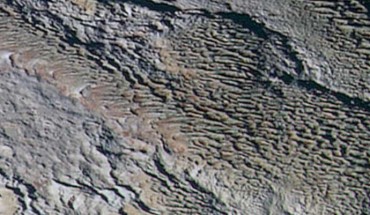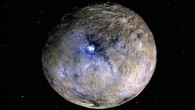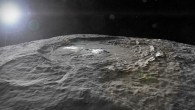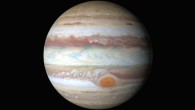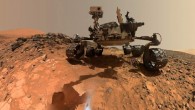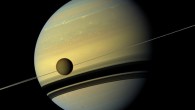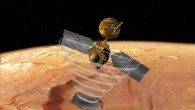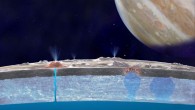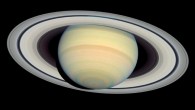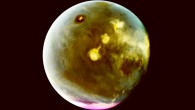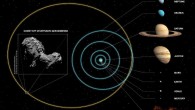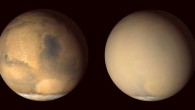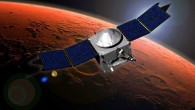Planetary researchers using data from NASA’s New Horizons mission have found evidence of snow and ice features on the dwarf planet Pluto that, until now, had only been seen on Earth. The findings appear this week in the journal Nature. In this extended color image of Pluto taken by NASA’s New Horizons spacecraft, rounded and bizarrely textured mountains, named the Tartarus Dorsa, rise up along Pluto’s day-night terminator and show intricate...

